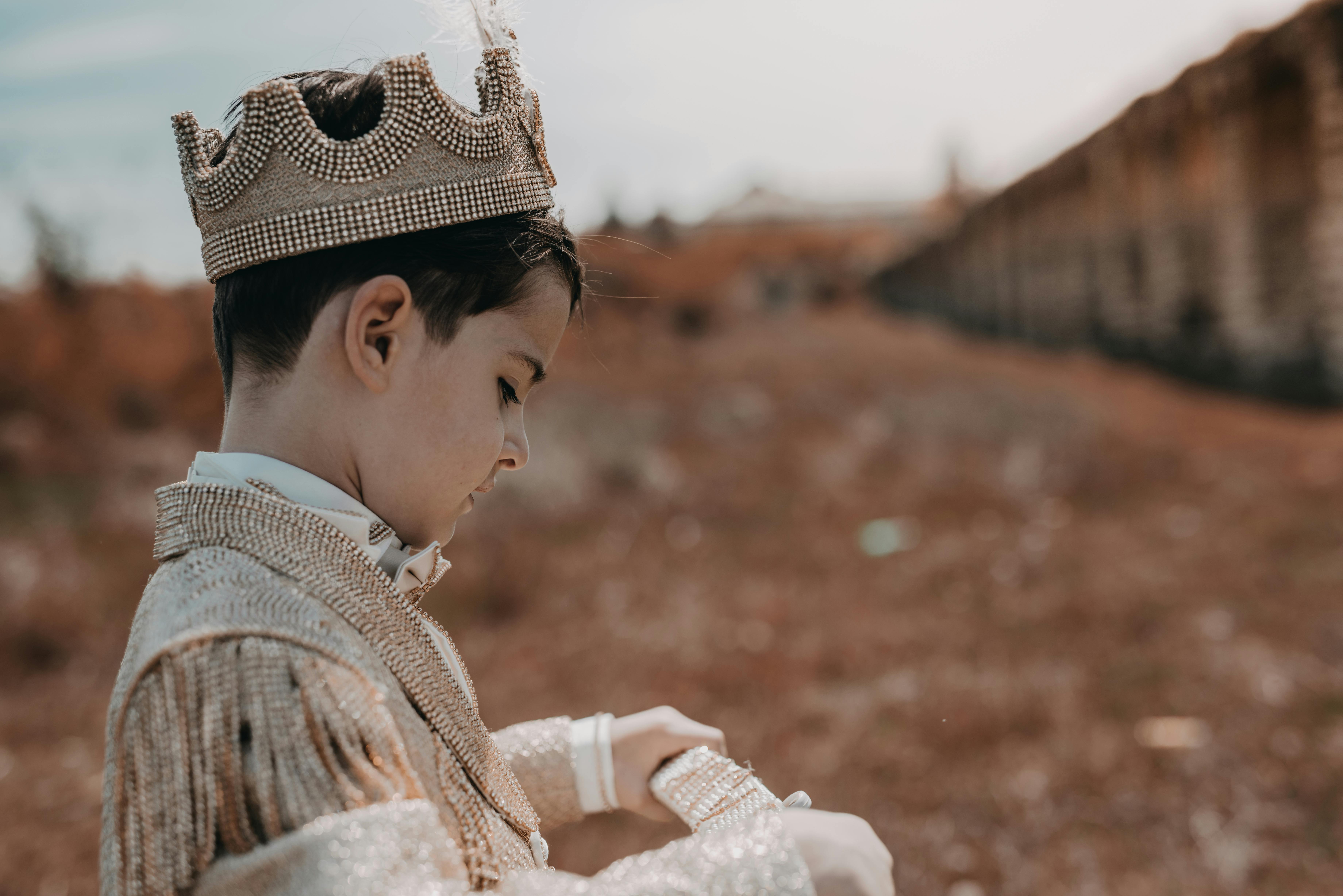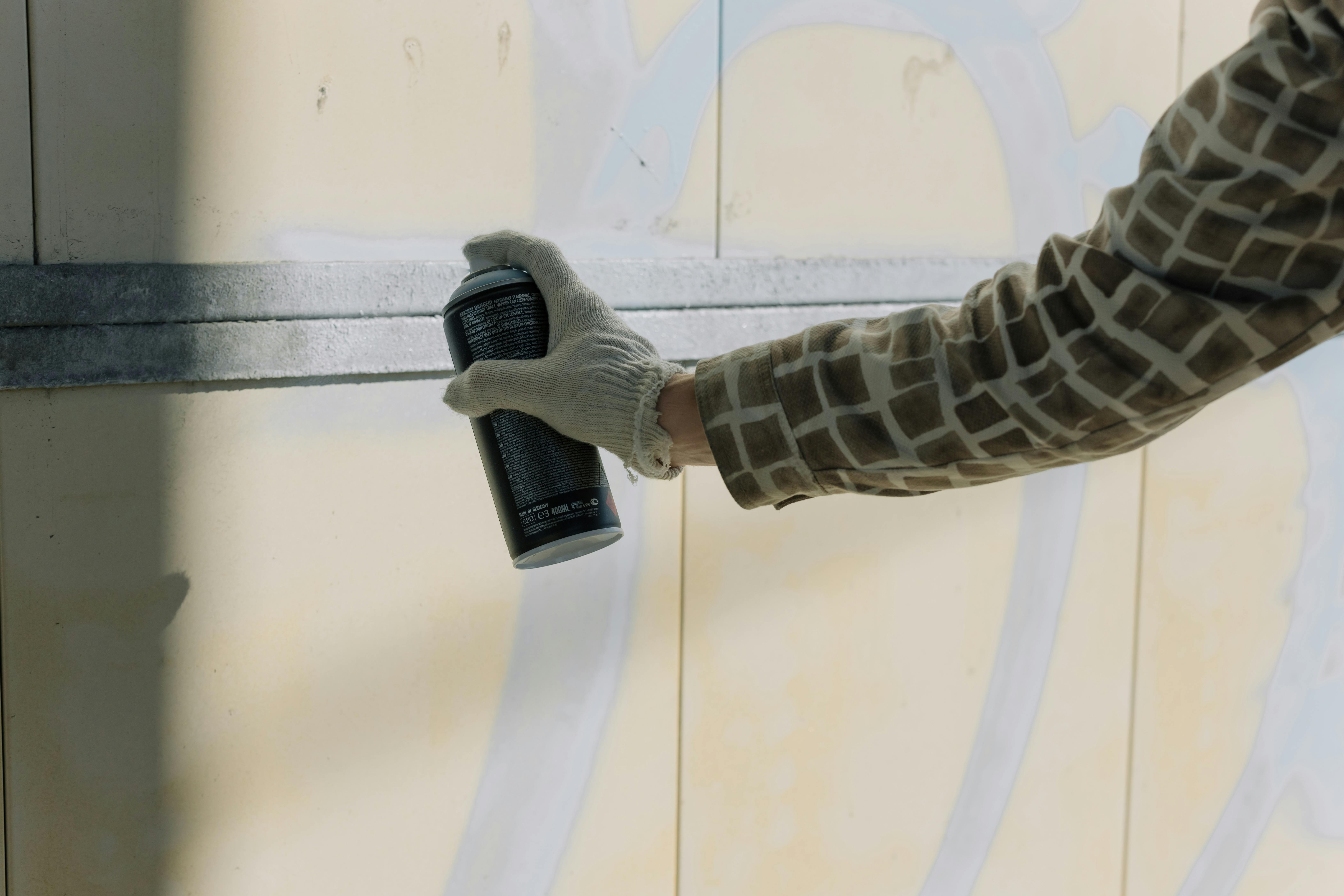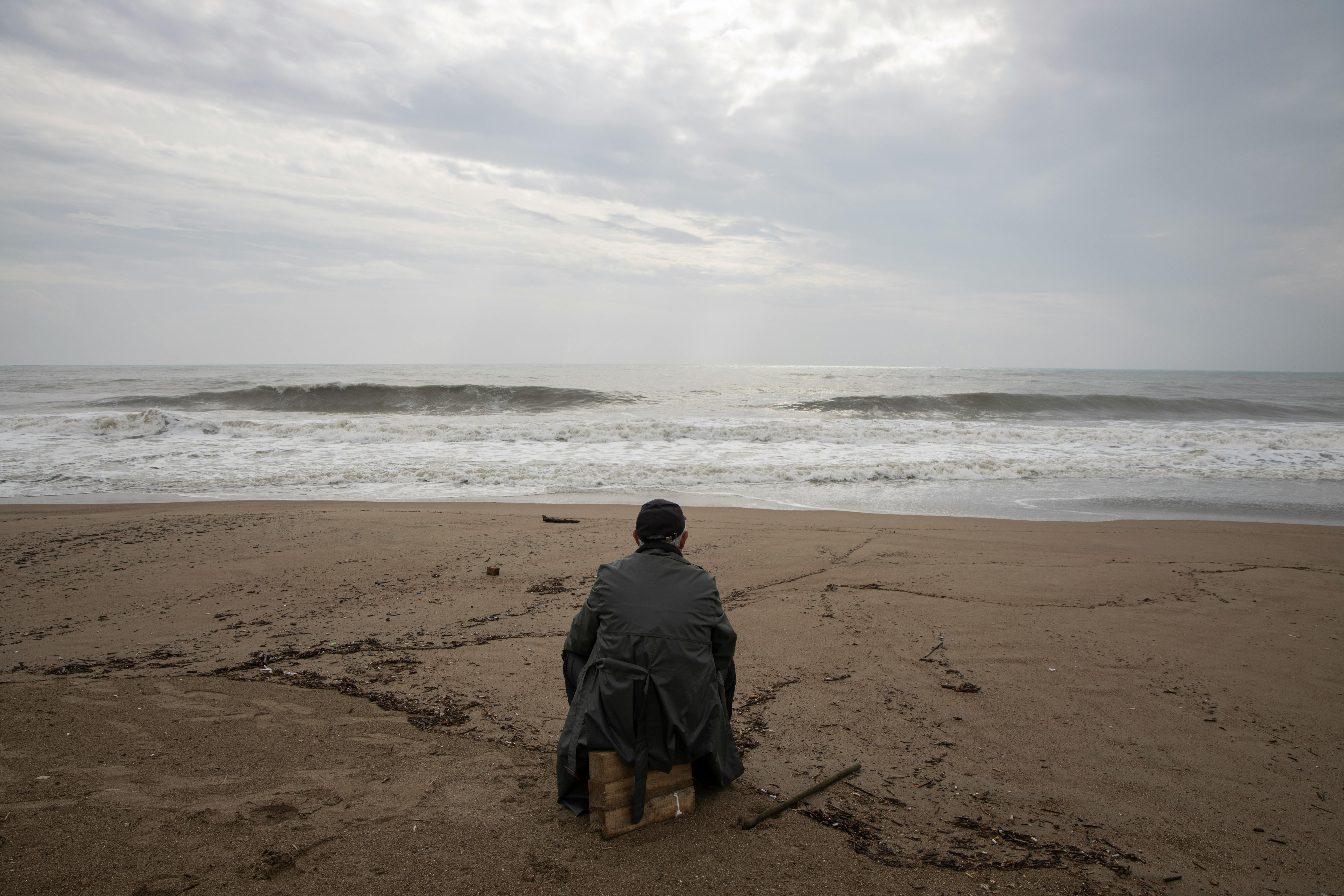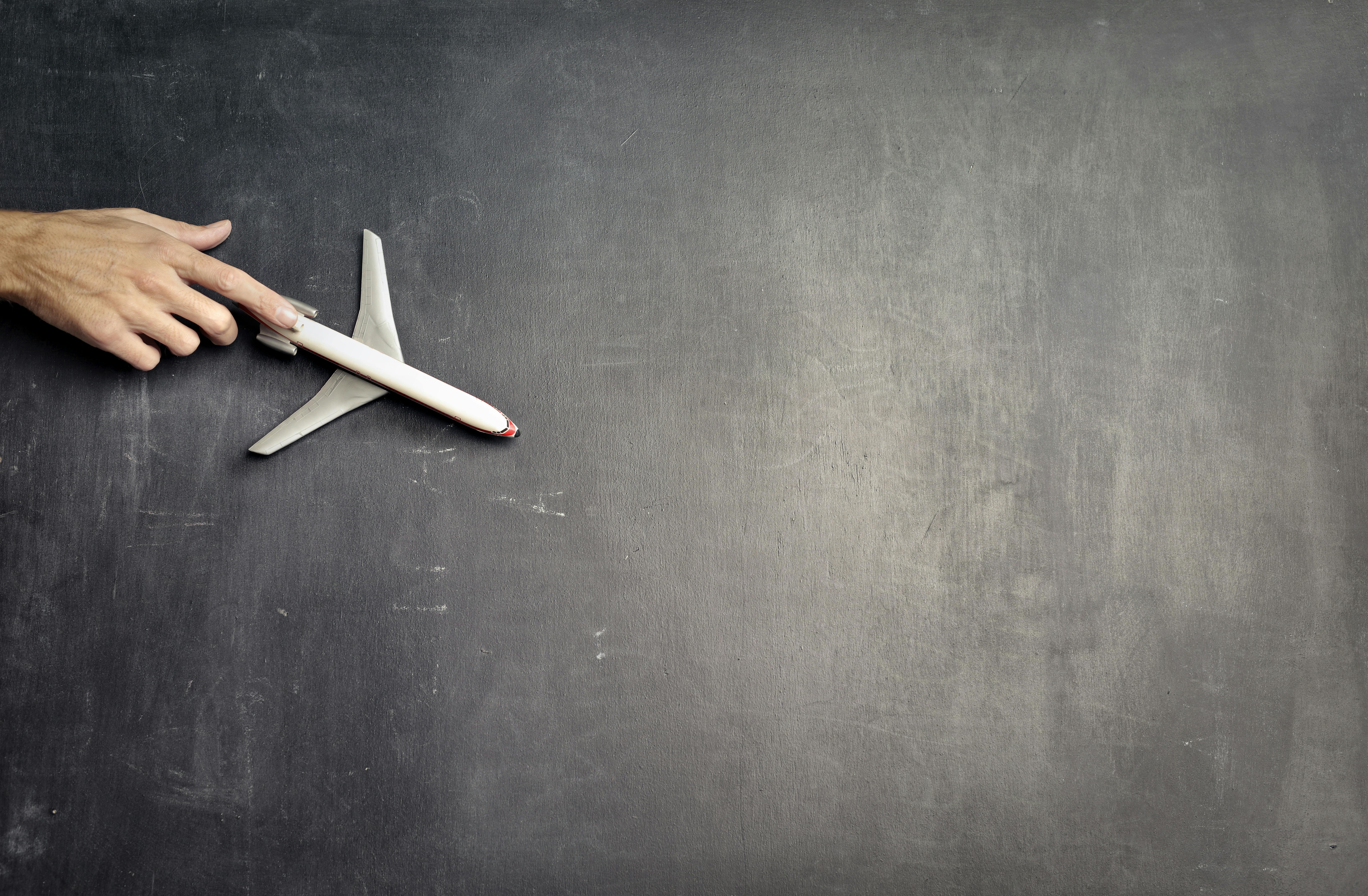Candi Tebing Tegallingah
The department of history and archeology discovered an ancient temple on a cliff in the village of Tegallinggah, Bedulu, Blahbatuh in the Gianyar regency. The discovery was made by Dutch archaeologist Krygsman when he was conducting research in a small building carved into a sandstone cliff of the Pakerisan River. The site of the temple is known only to the villagers who knew of a gate in a sand-covered care after excavation found, in addition to the gate, a flight of stairs leading to the halls. They then met at the gate and at the back of these ruins they discovered a garden. They found two small temples carved into the sandstone wall of the garden. To the left of the gate are the ruins of an unfinished monastery. It seemed like they left the place unfinished after
the northern part of the building had collapsed due to an earthquake.
Gedong Kirtya Museum
Built in the city of Singaraja, the capital of Nusa Tenggara at the time. One of the Dutch scholars LJJ Caron invited Balinese kings and religious figures to discuss the rich heritages of ancient literature scattered in Bali. These works of art were supposed to be lost or damaged over time without giving people a chance to learn about or study their values. The meeting was held in Kintamani in June 1928. The forum decided to establish a foundation called “Kirtya Liefrink – Van der Tuuk” to manage the preservation. FA Liefrink was a deputy resident of the Dutch administration in Bali and Lombok, he paid much attention to Balinese culture and wrote many articles about Bali and Lombok. Dr. HN Van der Tuuk, was a historian who built his house on the land that is now the Gedong Kirtya Museum. He composes the 4 volumes of Kawi-Balineesch-Nederlandch Woordenboek between 1872 and 1894. The museum is especially dedicated to manuscripts written on palm leaves as literary heritages of Bali. More research on content, preservation and socialization is planned here, as well as seeking more collections among private collectors and persuading them to trust preservation in the museum.
Puputan Klungkung Monument
The Battle of Klungkung monument is located in the heart of Semarapura city, exactly on the opposite north side of the Court Hall and the Floating Pavilion areas. It was erected by the local government in remembrance of the heroes who had killed by sacrificing their souls and bodies and all their
possessions to defend and maintain the self-worth and rank of their state and nation against the imposition of colonization. In the vicinity of the monument, a historical event once took place, a serious battle until the last bloodshed of the royal Klungkungese knights was fought against a brutal attacking troop of Dutch soldiers on Tuesday, April 28, 1908. The The attraction of the monument is that it is a historical cenotaph in Balinese architecture in the form of Lingga-Yoni, erected over a height of 28 meters from the base to its top. And statues of the King and his prominent courtiers who perished in the bloody battle set inside, supported by a line of dioramas that narrate the episode of the battle to the last bloodshed.
Arjuna Metapa Museum (Arjuna Metapa Museum)
This open-air museum was built in 1960 and is managed by the Bali Department of Archaeology. There is an impressive collection of ancient material from Bali’s prehistoric and historical eras. Located between Pejeng and Bedahulu, on the way to Tampaksiring, it is central to an area of numerous archaeological discoveries. To the west of the Gedung area is a sculpture known as Arjuna Metapa, or the meditating Arjuna.
WEAPON Museum
The Agung Rai Museum of Art (ARMA) was officially opened by the Indonesian Minister of Education and Culture, Prof. Dr. Ing. Wardiman Djojonegoro on June 9, 1996. The museum is managed by the ARMA Foundation, which was established on May 13, 1996. ARMA is more than a museum. It is a center for visual and performing arts and provides opportunities for the visitor to enjoy the permanent collection of paintings in special temporary exhibitions. theater performances, dance, music and painting classes. hookshop, library and reading room, cultural workshops, conferences, seminars and training programs.




